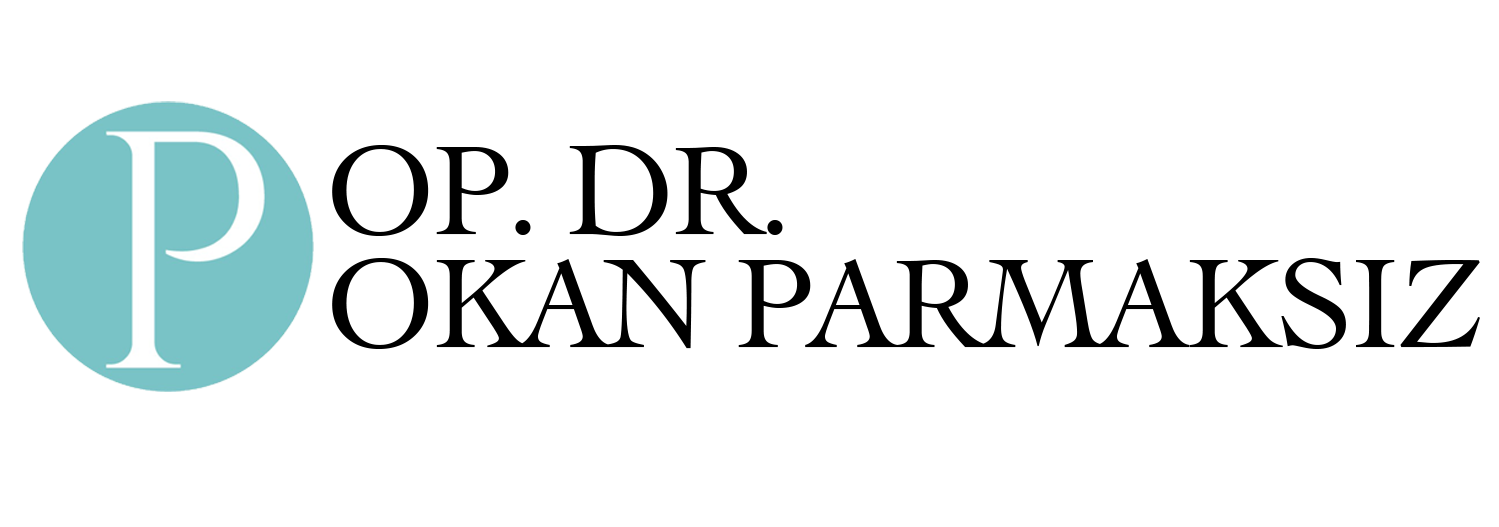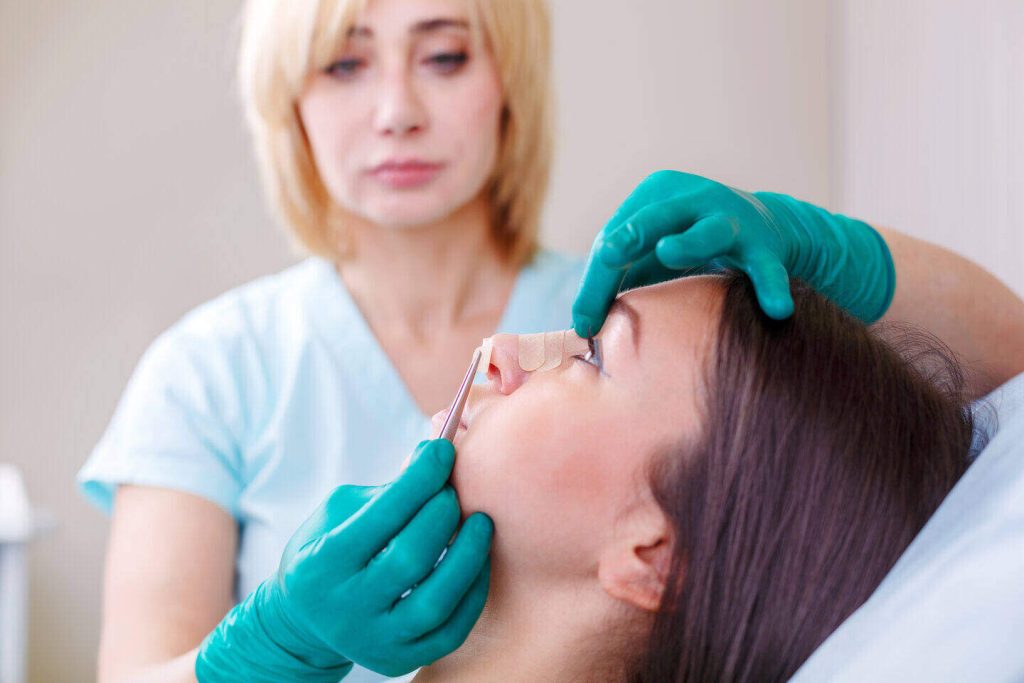Revision Rhinoplasty: A New Look at a Second Chance
Rhinoplasty is a preferred surgical procedure to address aesthetic concerns, to improve breathing, or both. However, even though it is performed in expert hands, sometimes unwanted results or unexpected complications may occur. This is where “revision rhinoplasty” comes into play. Revision is a second intervention to correct or improve the results of a previous rhinoplasty operation. In this article, we will examine what revision rhinoplasty is and who may need it.
Revision Rhinoplasty: A Second Chance
Each individual’s anatomy and healing process is different and therefore the results of the primary rhinoplasty operation may not always be as expected. Undesirable results, asymmetry, breathing problems or surgical complications after rhinoplasty may be among the situations that require revision. Revision is performed to correct the mistakes of the previous operation and allow the patient to achieve a better result.
Who May Need Revision Rhinoplasty?
Dissatisfaction Status: Patients who are dissatisfied with their primary result may consider revision rhinoplasty to improve the shape, size or symmetry of their nose.
Respiratory Problems: Breathing problems may not have been corrected or new problems may have occurred during the first operation. Revision may include surgical interventions to correct the airways.
Complications: If complications such as infection, suture problems or poor healing occurred during the primary operation, revision can help correct these problems.
Natural Appearance Goal: Some patients may feel that they did not achieve a more natural appearance as a result of the first operation. Revision can be performed to make the nose look more harmonious and natural with facial features.
Correction After Trauma or Injury: If deformation has occurred as a result of accidents or injuries, revision can help restore the nose.
Revision rhinoplasty is a complex and painstaking procedure and should therefore be performed by an experienced plastic surgeon. The surgeon carefully evaluates the details of the patient’s previous operation and makes an appropriate planning.
As a result, revision rhinoplasty offers a second opportunity to correct or improve the undesirable results that occurred as a result of the primary operation. Factors such as dissatisfaction, breathing problems, complications or the goal of natural appearance can trigger the need for revision. This type of intervention should be performed by an expert plastic surgeon and requires a customized approach based on the individual needs of the patient.

